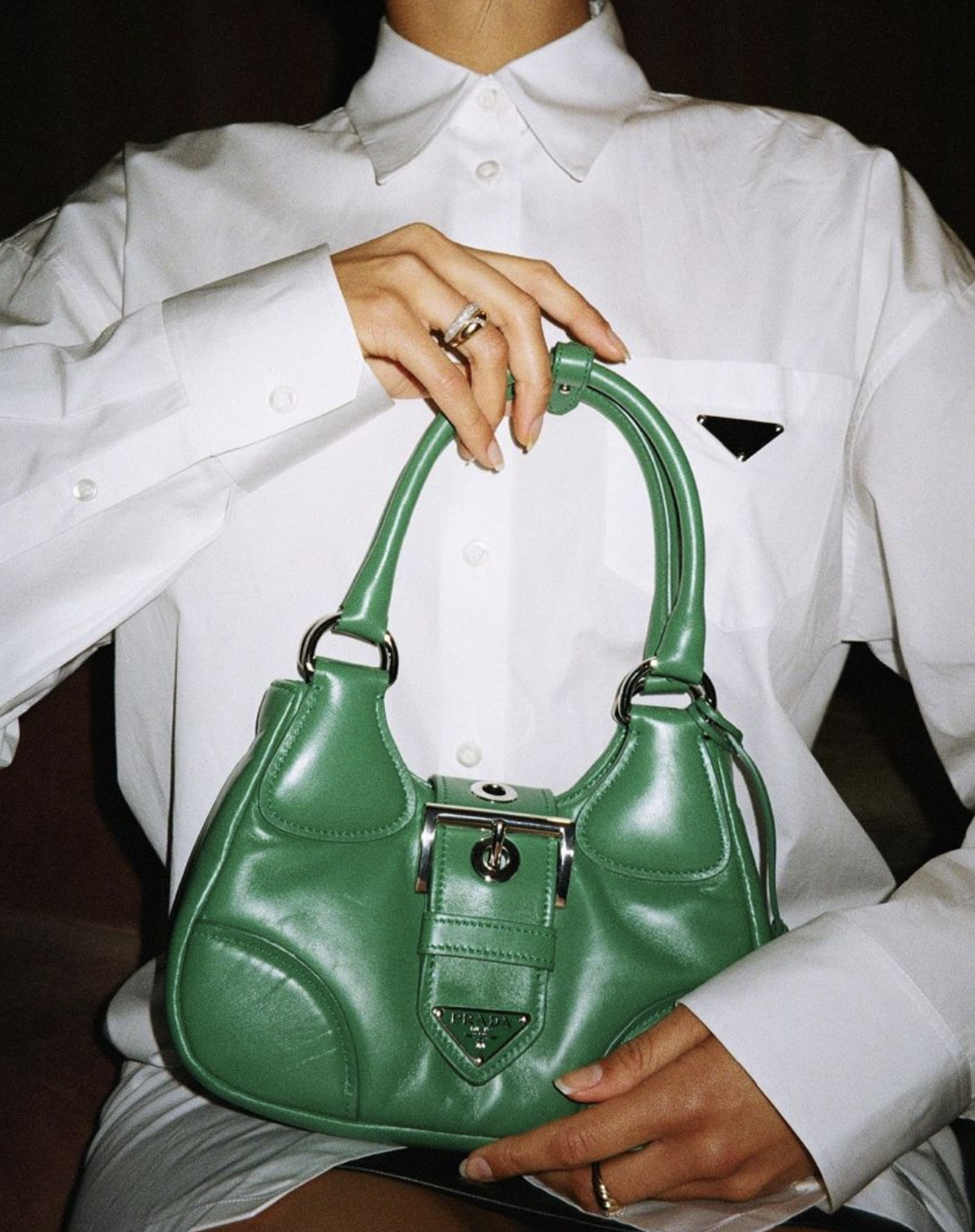The Revolutionary Impact of Peter Lindbergh in the Realm of Fashion Photography
Peter Lindbergh stands as a towering figure in the realm of fashion photography, renowned for his portfolio that transformed narrative expression on global fashion stages. His impact goes well beyond artistic breakthroughs; it includes an ideology that has molded the essence and path of fashion imagery for many years.
Bringing the Supermodel to Life: Changing the Perspective
Lindbergh’s approach to photography brought a revolutionary change from the polished, perfect images typical of fashion in the late 1900s. During the 1980s and 1990s, his impactful black-and-white portraits brought a new level of realism, focusing on authentic emotion and character. Instead of using models as simple showcases for clothing, Lindbergh represented them as multifaceted people.
A pivotal instance of this method is visible in his legendary British Vogue cover from January 1990, showcasing supermodels Naomi Campbell, Linda Evangelista, Tatjana Patitz, Christy Turlington, and Cindy Crawford. The absence of lavish styling and heavy makeup allowed the group to appear nearly as their true selves, promoting the notion that genuineness is the highest form of beauty. By this means, Lindbergh played a crucial role in opening the “supermodel” era, where models emerged as celebrities individually rather than anonymous personalities.
Cinematic Storytelling: An Auteur Within Fashion
Beyond portraiture, Peter Lindbergh’s creations stand out for their cinematic storytelling. He developed visual tales that mirrored the style of classic cinema, drawing inspiration from German Expressionism and the tradition of nouvelle vague filmmaking. His photo sessions frequently occurred in harsh industrial settings or on breezy coastlines, highlighting dynamics, flaws, and an aura of real-life experiences. These decisions diverged from the traditionally flawless studio visuals.
A notable instance is his 1992 photography session for Vogue Italia in Le Touquet. In this setting, Lindbergh captured renowned models like Karen Alexander and Helena Christensen amidst the stark landscapes of the northern French shores. The images conveyed a sense of purity and liberation, emphasizing atmosphere rather than simply showcasing clothing. This was not a singular event, but rather reflective of his overall approach: the story held as much significance as the merchandise.
Reimagining Aesthetics: Defying Standards and Accepting Truth
During an era when “perfection” was the standard in fashion photography, Lindbergh’s work distinguished itself by honoring uniqueness and authentic beauty. He seldom edited his images, revealing freckles, wrinkles, and the passage of time. This opposition to overly edited visuals expanded the scope of what could appear in fashion publications or promotions.
In renowned ventures such as the Pirelli Calendar, Lindbergh’s principles of genuineness became prominently featured. The 2017 version highlighted actresses such as Helen Mirren, Robin Wright, and Julianne Moore in simple, bare-faced images. Lindbergh aimed to showcase “a distinct kind of beauty, more authentic, more honest, without alteration.” These decisions initiated considerable discussions within the industry about portrayal and the effects of digital editing. His impact encouraged photographers and editors to embrace more diversity concerning age, ethnicity, and body shape.
The Lindbergh Aesthetic: Monochrome as a Means of Expression
Peter Lindbergh is almost automatically associated with his love for black-and-white photos. To him, choosing monochrome was more than an artistic decision; it was a conscious effort to challenge norms. By removing the distraction of color, he brought attention to the texture, emotion, and character within his images. This approach gave his work an enduring quality, setting it apart from the temporary fads in the industry.
His publications, including “Women” (1997) and “On Fashion Photography” (2020), are rich with case studies. They frequently showcase the use of bold light, texture, and shadow to create an emotional bond between the subject and the audience. This approach results in a lasting visual identity that continually inspires both seasoned and emerging photographers.
Cultural Impact and Enduring Legacy
Lindbergh’s advocacy for authenticity extended into a larger dialogue about the mental health and well-being of models. He championed respectful collaborations where subjects had agency and input, an approach rare for his time but increasingly standard today. His celebrated collaborations with fashion houses like Prada, Giorgio Armani, and Chanel, as well as editorial clients like Vogue and Harper’s Bazaar, bridged the gap between commercial success and artistic integrity.
More than just documenting trends, Peter Lindbergh questioned societal norms—and the fashion industry—to rethink photography’s influence on defining concepts of femininity, power, and human nature. His groundbreaking contributions revitalized editorial photography and secured a permanent spot in museums, galleries, and the shared cultural memory. By highlighting authenticity, flaws, and reality, Lindbergh provided a model for future generations to portray fashion as a tribute to uniqueness and sincere narratives.



